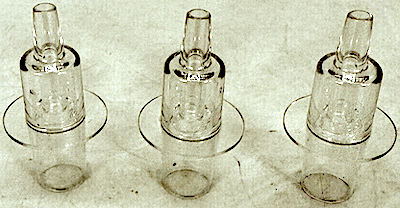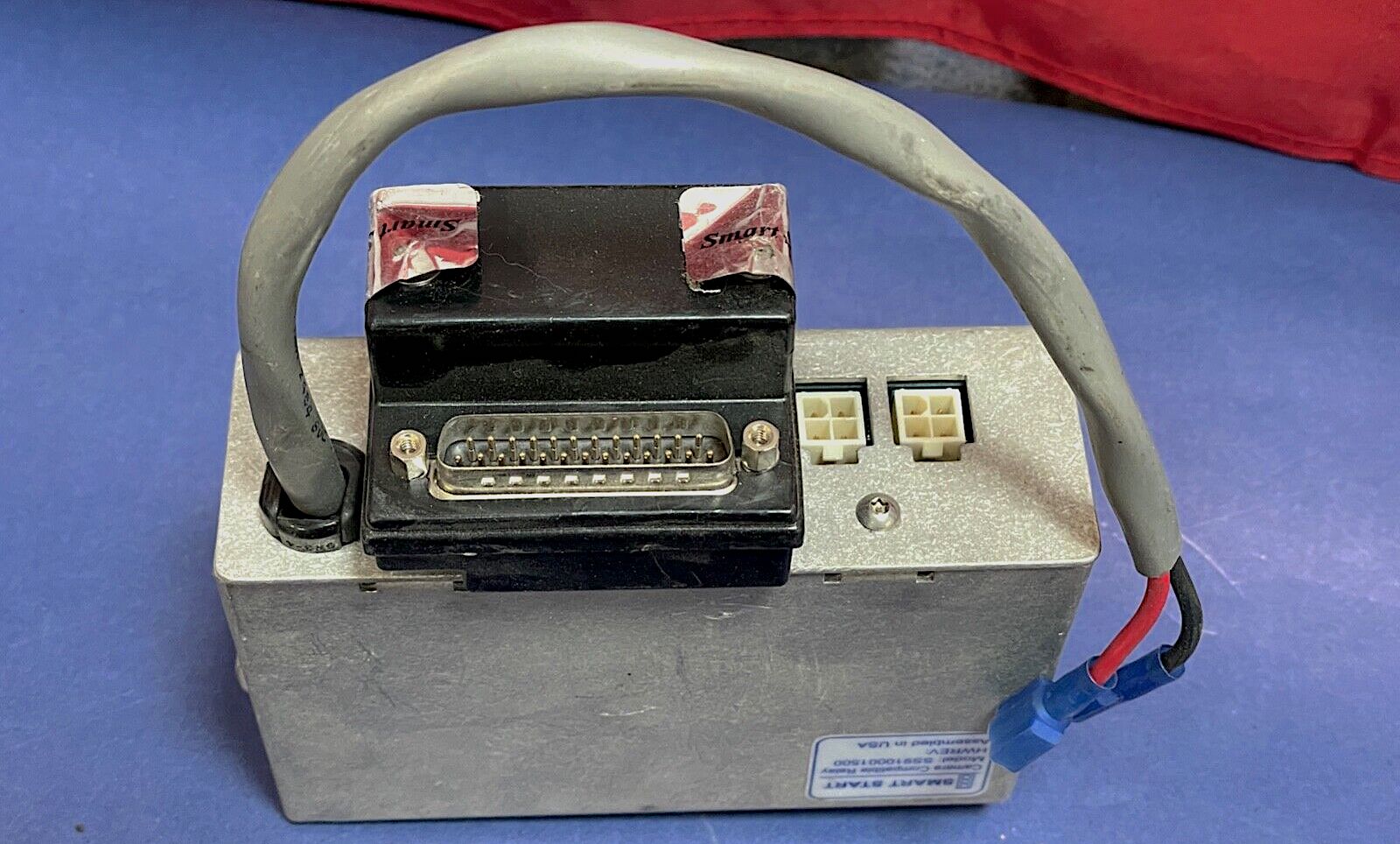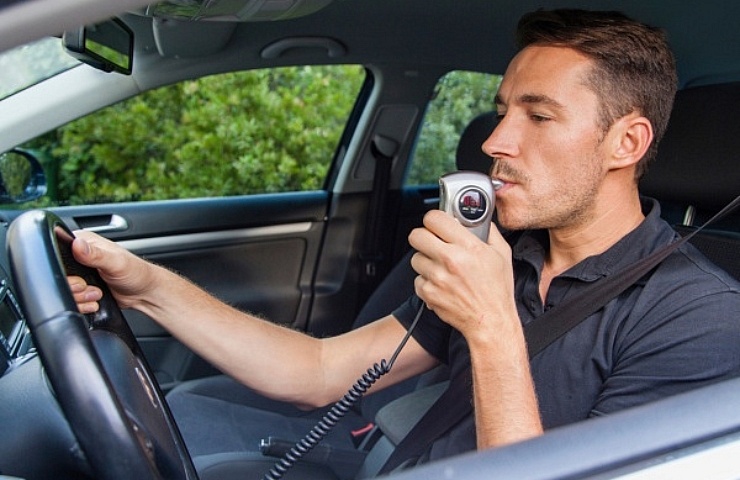Impaired driving is a primary cause of accidents and fatalities in the United States. According to the Centers for Disease Control (CDC), over a million drivers are arrested yearly for driving under the influence (DUI ) or driving while intoxicated (DWI).
Many courts sentence impaired drivers to a restricted driver’s license that requires using a car with an ignition interlock. This Special Ignition Interlock Restricted Driver’s License (SIIRDL) typically allows the driver to go to work, school, healthcare sites, and other locations in a vehicle equipped with an ignition interlock.
How Ignition Interlock Devices Work
An ignition interlock requires the driver to submit a breath sample by blowing into a device. If it registers no alcohol (or a minimal amount), the driver can can start the vehicle and proceed. If the breath sample exceeds the maximum allowable amount (often .02%), the driver can wait and try again after a few minutes. Otherwise, the ignition interlock does not allow the car’s starter to energize and start the vehicle.

Ignition interlock device breath sampler
Periodically, these devices require a “rolling test” while driving. This means the driver must safely pull over when alerted and submit another breath sample. If the sample remains below the required minimums, the driver can proceed.
A report is generated and stored in the interlock if the sample exceeds the limits. Most ignition interlocks cannot automatically turn off the engine after a failed test. If a driver chooses to drive after a failed rolling test, the car horn activates, and the lights might flash to encourage the driver to stop (and potentially warn others).
How to Use an Ignition Interlock

Mouthpiece
Most interlocks have a breath sampler the size of a deck of cards that connects via an electrical cable to the interlock device. After starting the sampler, the driver blows into the mouthpiece. If they pass the test, they can start the car like normal.
If the unit detects too much alcohol in the sample, it registers a failure and might allow a limited number of retests. Repeated failures result in the unit locking down. Then the car must be towed to the installer to reset it.
Installation of Ignition Interlocks
Most states have a certified installers. Typically there will be more than one manufacturer certified for use in a state. The installation fee varies but can be up to $500, which the driver or owner of the vehicle must pay upfront.

Ignition interlock device
These devices are usually leased and not sold by the installer. Depending on the state, the lease might be $2 to $5 daily. The driver must also pay for a new unit if the original device is damaged or stolen during the rental period.
Each jurisdiction is different, but some now require a camera that takes a picture of the driver each time the interlock is used. Some states also require real-time reporting of failures to the state or local court instead of waiting for a periodic calibration check. Some devices are GPS enabled to record the location where each sample is provided.
In most communities, a driver with an ignition interlock must calibrate the device every 30 to 90 days at the installer’s site. The ignition interlock is checked for any malfunction or abnormalities. If the device logs any breath sample submissions over the limit, those reports go to the state and the court for review.
Operating an Ignition Interlock
The ignition interlock device is generally not visible inside a car’s cabin. But the mouthpiece and sampling device are close to the driver, often near the ignition. The breathing tube is purposefully short to discourage others from submitting a sample instead of the driver. It might be embarrassing to have passengers see the device, but at least the driver can access a vehicle they can legally drive.
Although the device is intended for the driver with a restricted license, other licensed drivers can submit a sample into the ignition interlock and use the car. Mechanics can work on the vehicle, or other family members can use the car. Most manufacturers suggest keeping a log of when other drivers use the vehicle if a failed test occurs.
These devices are hardwired into a vehicle. Most drivers who are offered the option of a restricted driver’s license can only operate a car with an installed ignition interlock. So driving another vehicle or a rental car would not be allowed.
There are several aftermarket devices used to “camouflage” the interlock device. These devices allow the interlock to work correctly but prevent the general public from recognizing the interlock in the car. Before considering such a tool, drivers should ensure it doesn’t interfere with the valid operation of the device.
Ignition Interlock Lock-Outs
The unit has built-in safeguards. If irregularities occur, the device “locks out” and prevents the vehicle from being started. When this happens, the driver has to contact the installer. The vehicle must then be towed to the shop to restore it. Common reasons for a lock-out include:
- Failing to have it periodically recalibrated as required by the state or installer
- Tampering with the ignition interlock
- Submitting a fake breath sample through the mouthpiece
- Having too many failures during the rolling retests
- Driving the car beyond the geographic limits imposed by the state
- Operating the vehicle during timeframes beyond work or school hours
- Submitting failing breath samples when trying to start the car
It’s a privilege to be allowed the use of an ignition interlock. So it’s best to strictly follow the rules and not try to trick the device. Ignition interlocks allow drivers with a restricted license to drive while communities know the driver is not impaired by alcohol. That is a win-win for all parties.





